winnietucker
Ideal_Rock
- Joined
- Jan 4, 2019
- Messages
- 2,695
I was looking at a thread admiring their U-V diamond when it dawned on me that these just aren’t super common. Not just in terms of people who own them, but I noticed not many are offered for sale.
Why is this? Are roughs that would be in that range if cut into one shape cut another way? Are they just not common?
Why is this? Are roughs that would be in that range if cut into one shape cut another way? Are they just not common?

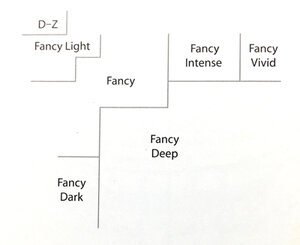
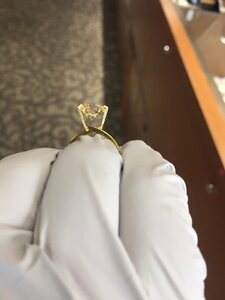
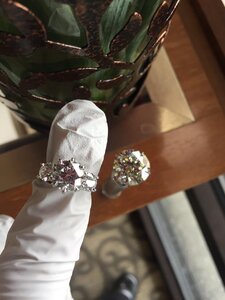
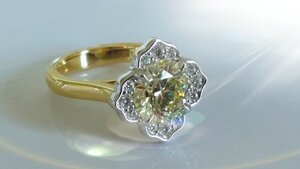
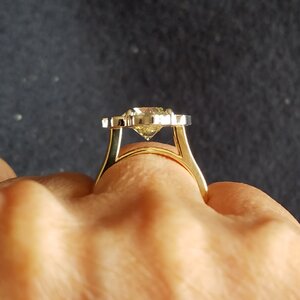
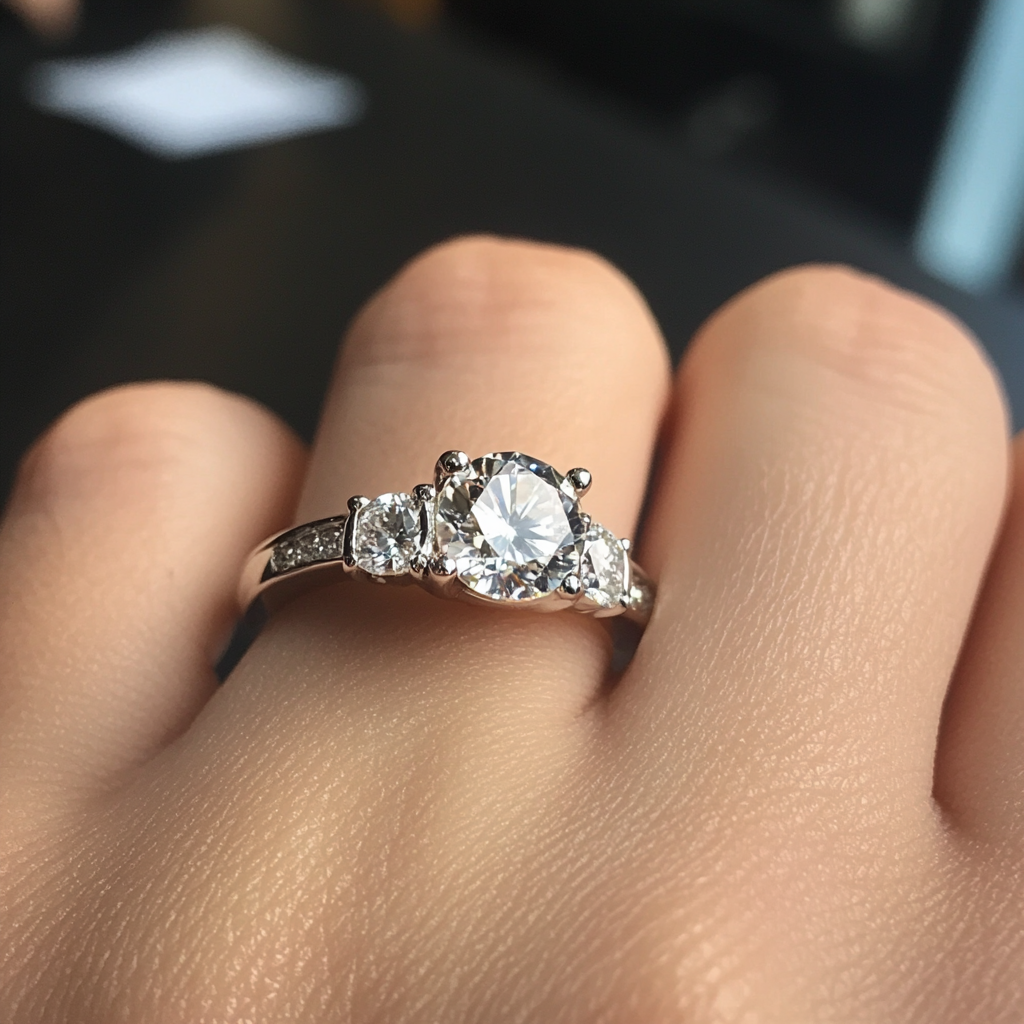

300x240.png)